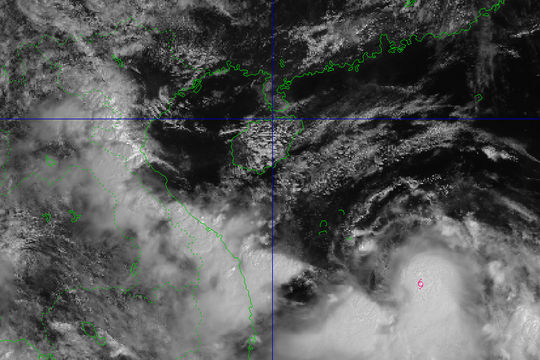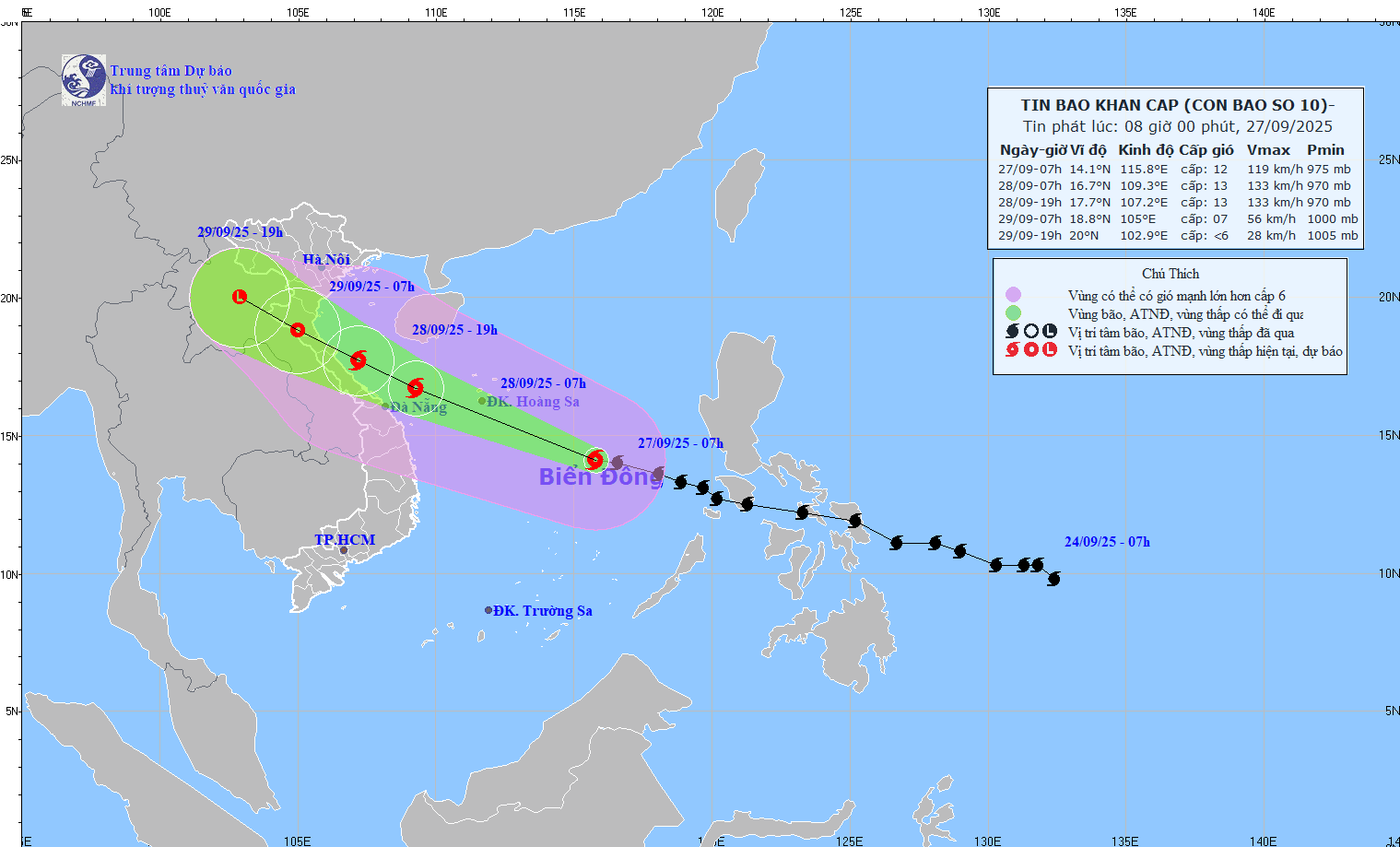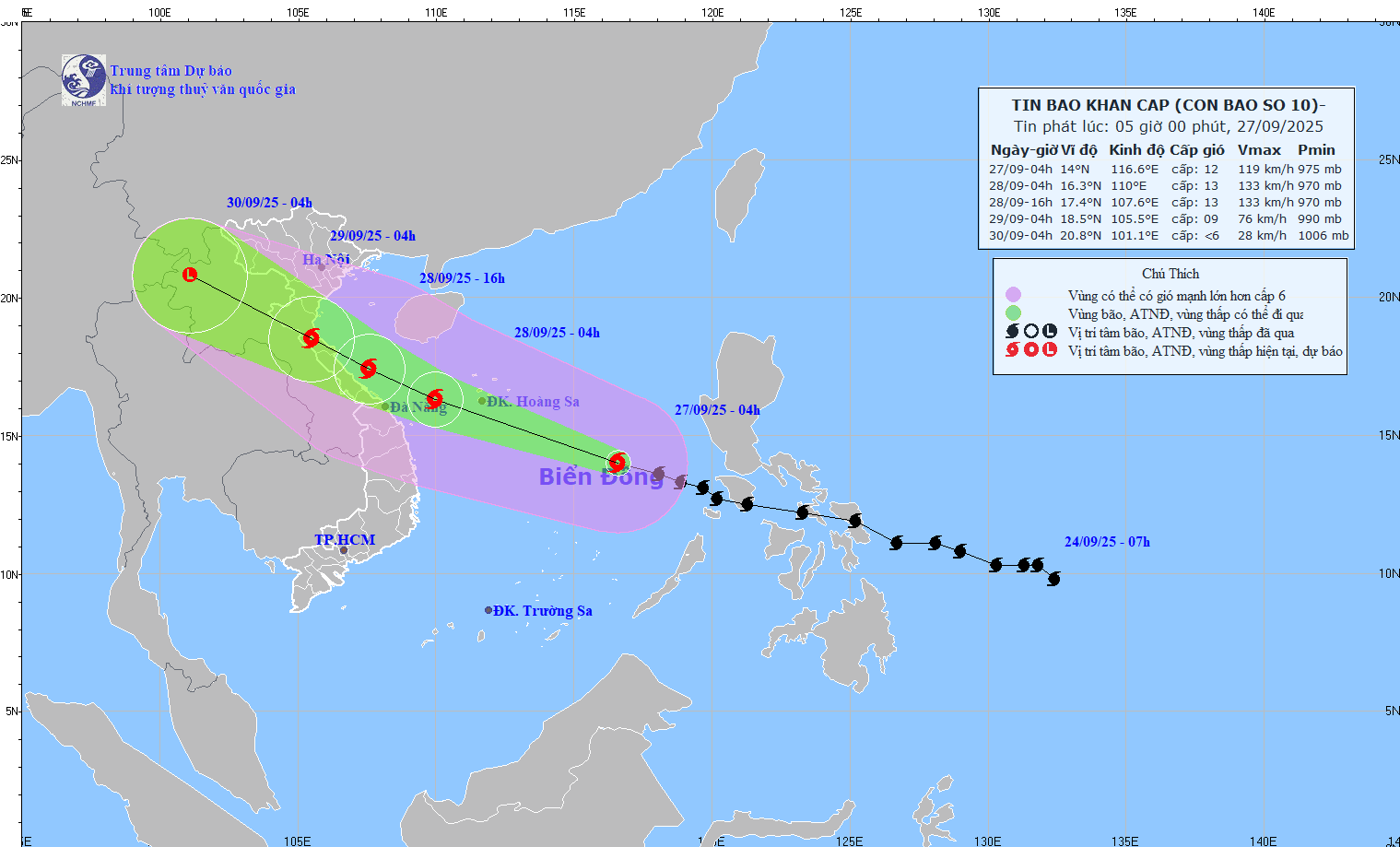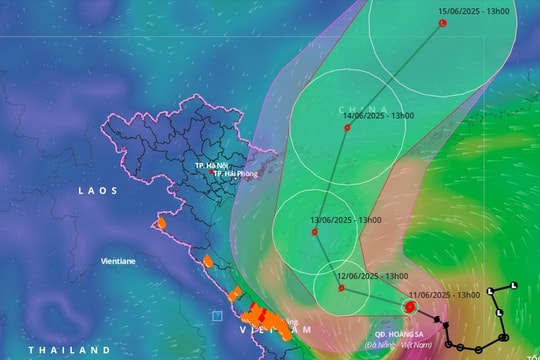What can the US do to maintain security in the East Sea?
To contain China's rise in the South China Sea, the US needs to coordinate actions on many different fronts.
The situation in the South China Sea could not be worse after China deployed anti-ship missiles in the area. China’s actions seem to confirm what Asia fears most: the US goal of ensuring that China “rises peacefully” and “plays a responsible role” in the Asia-Pacific and Indian Ocean is being stifled.
 |
| The US aircraft carrier USS John C. Stennis once carried out a mission in the East Sea. (Photo: navydads) |
The problem is made worse when China seems to be indifferent to the tension it is creating in the region, ignoring the warnings of the international community, continuing its militarization activities in the East Sea.
Chinese Foreign Ministry spokesman Hong Lei said defiantly: “The deployment of Chinese defense facilities on its own territory is reasonable and legitimate. There is no need to explain the so-called militarization.”
However, what China describes as non-militarization allows its missiles to sink naval warships of countries passing through the region.
In this context, what is the next move of the US? Is there any way to prevent China’s seemingly limitless actions to turn the vast East Sea into its “backyard”?
First, the United States must admit defeat in expecting China to rise peacefully and honor its commitment to the status quo in the South China Sea. Instead of just sitting back and waiting for China to do as it says, Washington must now do all it can to prevent Beijing from changing the status quo in the South China Sea.
US efforts to achieve this goal may include the following measures.
Deliver a clear message
The US administration needs to have strong messages that clearly show Washington's geopolitical goals and intentions in Asia.
The most important goal of the United States that it shares with its partners and allies in the Asia-Pacific and Indo-Pacific regions is to maintain the status quo, ensure peace and prosperity; not to allow one country to unilaterally coerce other countries, try to impose their will through coercive measures, use hostile behavior to achieve its own goals.
Similar messages need to be clearly stated by the US to show Washington's stance on the East Sea issue.
Strengthening international law
The US should work with its allies and partners in the region to resolve regional disputes. This is necessary to ensure they speak with one voice, creating collective strength to resist China's imposition.
This would be an effective measure but not an easy task as China increasingly dominates the game in the region.
 |
| China's illegally built artificial islands in the East Sea. (Photo: AFP) |
Individual actions such as the lawsuit against China's unreasonable sovereignty claims in the East Sea that the Philippines is pursuing, if supported by many countries, forming a united front, will certainly increase the weight of the lawsuit.
In this case, the US will of course not directly participate in the multilateral front of suing China, but will provide important support on the media and diplomatic front, urging China to resolve the disputes.
Another idea is that the countries involved in the South China Sea dispute could file lawsuits against China one by one, but this would obviously not be as effective as all of them filing at once. This would certainly make China nervous, and it would be a public relations nightmare that Beijing could not easily cover up with a press conference.
The power of media
Last year, a CNN film crew was very successful in demonstrating to the world the speed at which Beijing was changing the status quo with its illegal reclamation and artificial island construction projects in the East Sea. What CNN published was undeniable evidence of the potential threat that Beijing has been creating in the East Sea.
So why not continue using this method? Why not let the world know about China's dangerous moves in the South China Sea? For example, when China builds an airstrip that can be used for reconnaissance aircraft to take off in the South China Sea. If the US side records it, the pictures and videos will be revealed to the media immediately.
Or if China sends planes and missiles to artificial islands, the world should see these images as soon as possible. If the US government invests more in this, the results will certainly be very large.
In addition, if a US ship exercising its right to free movement in the East Sea is followed or harassed by a Chinese ship, videos proving this can be uploaded to YouTube immediately.
Even if it is not harassed, Washington needs to provide evidence of its goodwill through videos or audio recordings when US ships exercise freedom of navigation in the East Sea, to show the world a transparent approach, completely different from China's concealment and cover-up attitude.
This could make China feel ashamed of its actions. Of course, this would be a victory for the US and its allies in the information war, putting China on the defensive, forcing them to regularly explain their actions.
 |
| China's construction of artificial islands has seriously affected the ecosystem in the East Sea. (Photo: Reuters) |
Support for disputing parties in the East Sea, except China
Washington could support countries in the South China Sea dispute to develop or buy advanced anti-ship weapons. This strategy has been implemented by US ally Japan, which has left open the possibility of selling missile systems to the Philippines and Indonesia if these countries are interested.
These weapons, although not the most sophisticated, can completely achieve the goal of quickly destroying the bases and weapon systems that China has placed on artificial islands in the East Sea.
Strengthening the defense capabilities of relevant countries will help create a more level playing field in the region, where China will not be able to act as a “bogeyman” and do whatever it wants in waters that are of particular importance to international maritime trade.
Greenpeace strategy
In building artificial islands and placing outposts on them, China has destroyed much of the natural coral reefs in the South China Sea. The United States can provide detailed information to environmental groups around the world.
Certainly, environmental activists are particularly concerned about the enormous impacts on the marine ecosystem that China’s activities in the South China Sea are causing. Why not show the world the environmental dangers of this unilateral effort?
Lots of ideas... but will Washington act?
The above is just an example of what the US can do, but it also shows that China can completely turn the situation around with creative strategies similar to the US. The question now is how strong is the will of the US to challenge China's coercive actions in the East Sea? This is what all of Asia, if not the world, is waiting for.
According to VOV
| RELATED NEWS |
|---|








